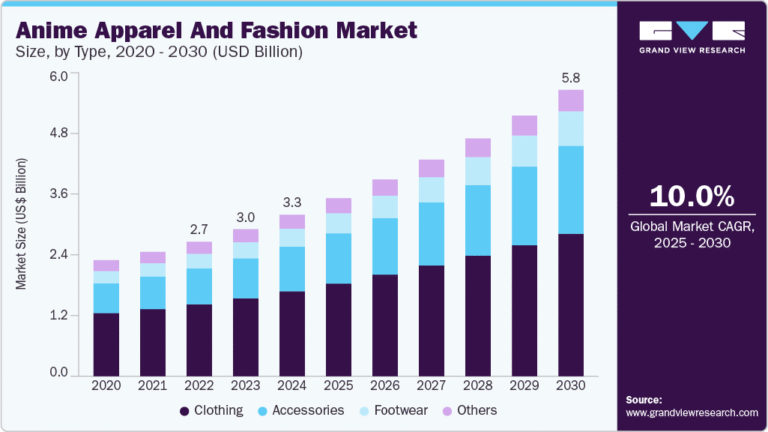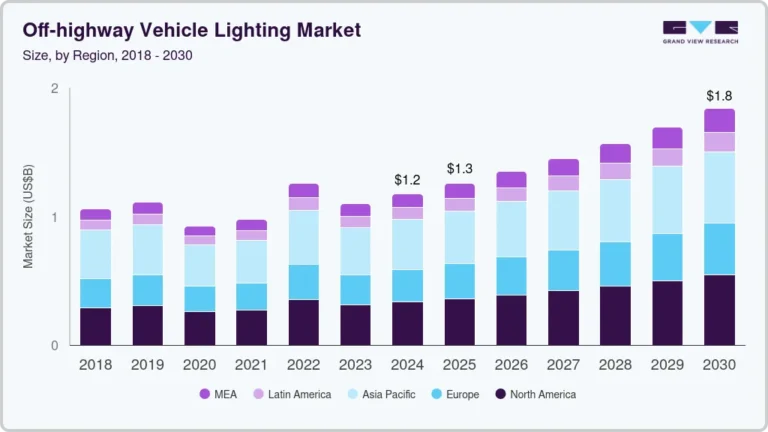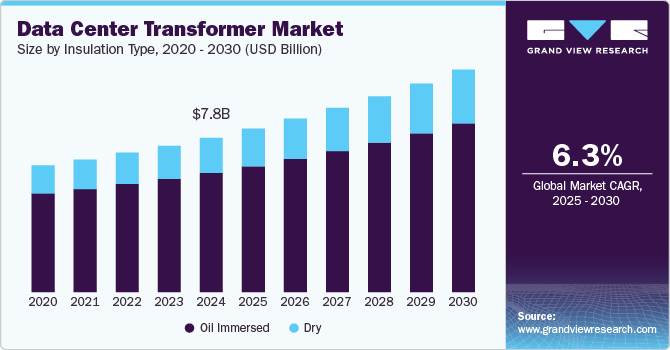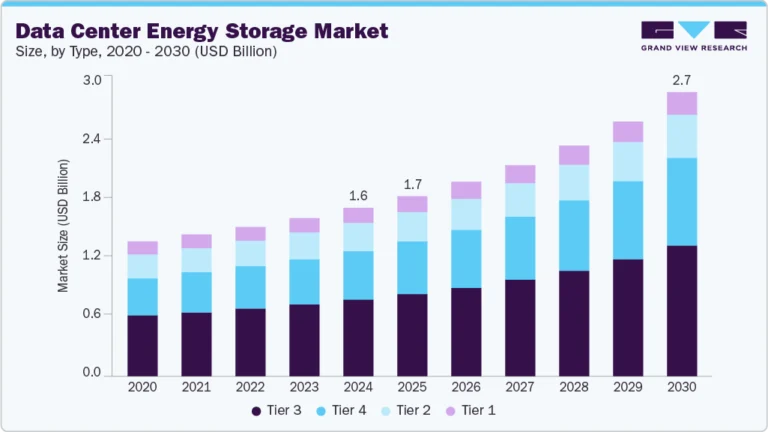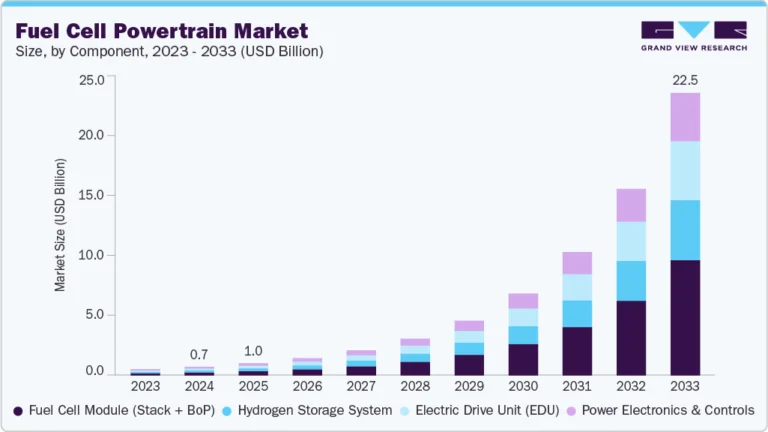Remote Sensing Technology Market Size, Share & Trends Analysis growing at a CAGR of 11.6% from 2023 to 2030
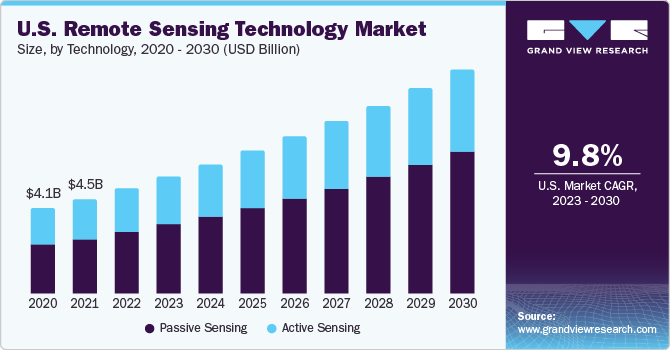
The global remote sensing technology market size was estimated at USD 17.53 billion in 2022 and is projected to reach USD 42.64 billion by 2030, growing at a CAGR of 11.6% from 2023 to 2030. Remote sensing technology is used to acquire information about the earth’s surface and analyze its physical characteristics.
Key Market Trends & Insights
- North America dominated the remote sensing technology market with a share of 36.3% in 2022.
- Asia Pacific is expected to grow at the fastest CAGR of 14.5% during the forecast period.
- By technology, the passive remote sensing segment held the largest market share of 58.9% in 2022.
- By application, disaster management is anticipated to register the fastest CAGR of 16.4% from 2023 to 2030.
Market Size & Forecast
- 2022 Market Size: USD 17.53 Billion
- 2030 Projected Market Size: USD 42.64 Billion
- CAGR (2023-2030): 11.6%
- North America: Largest market in 2022
Request a free sample copy or view report summary: https://www.grandviewresearch.com/industry-analysis/remote-sensing-technologies-market/request/rs1
It uses reflected and emitted light from aircraft and satellites without the need for physical contact with the surface area under study. The market is mainly driven by numerous space agencies’ increasing number of earth observation projects. For instance, the Indian Space Research Organization (ISRO) has thirteen earth observation satellites and plans to launch ten earth observation satellites during 2020-2021. The outbreak of the COVID-19 pandemic led numerous countries to impose strict lockdown measures. This led to an increase in the adoption of remote sensing technology to monitor and curb the spread of viruses and document environmental changes.
For instance, in June 2020, NASA, the Japan Aerospace Exploration Agency (JAXA), and the European Space Agency (ESA) partnered to create a new earth observation dashboard that documents changes in the environment and human lifestyle due to the COVID-19 virus. The dashboard integrates numerous satellite records to allow user-friendly tracking of changes in climate, agriculture, and economic activity. The increasing adoption of smart city projects is paving the way for market growth. The technology helps authorities in zoning and urban planning, infrastructure modeling, and security and law enforcement planning. Numerous countries focus on developing infrastructure and invest heavily in their smart city projects. This is expected to propel the market growth over the forecast period.
The need for high initial investments in manufacturing numerous components is impeding the growth of the remote sensing technology market. The market players need to manufacture components and encrypt data content that meets the standards set by regulatory organizations. This limits the growth possibilities for companies in the market. However, increasing adoption in research and exploration applications is expected to drive the market in the next seven years.

